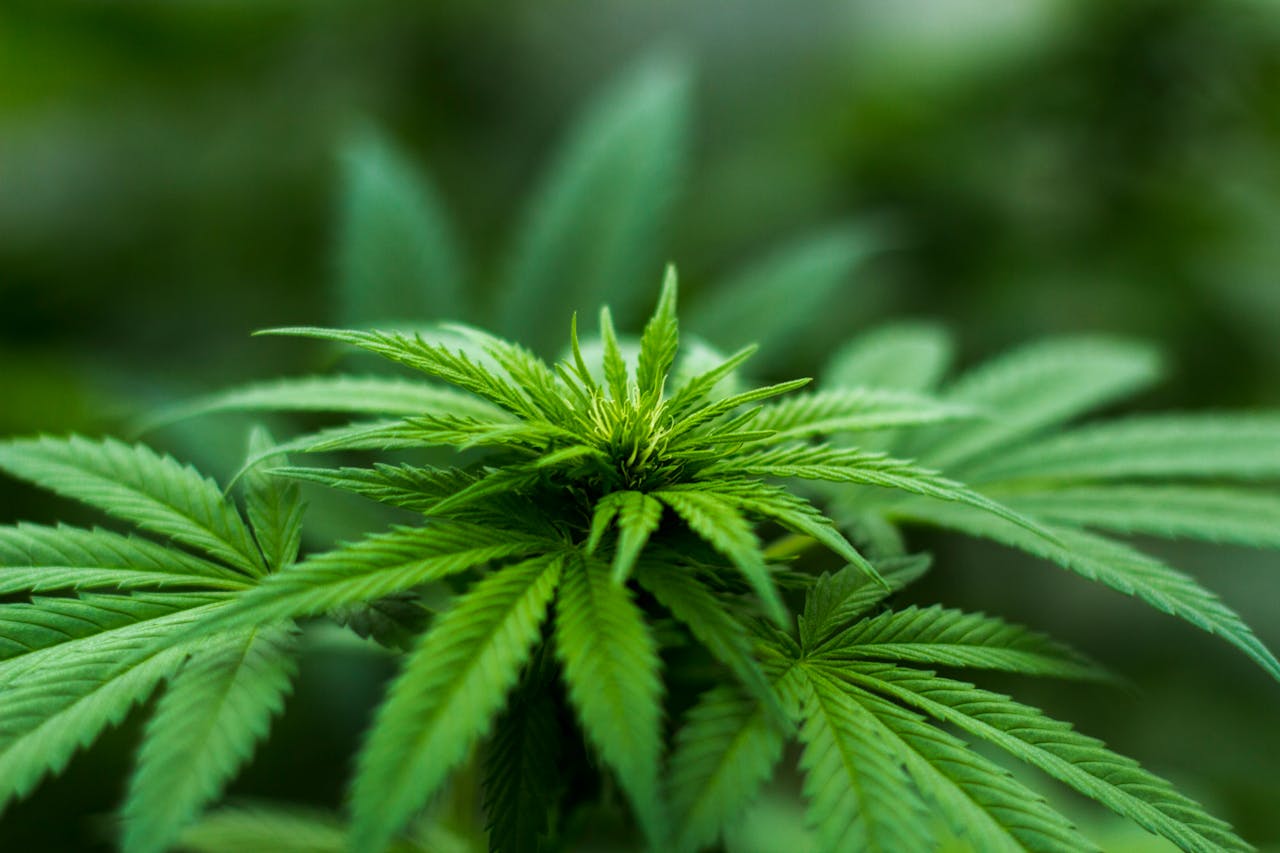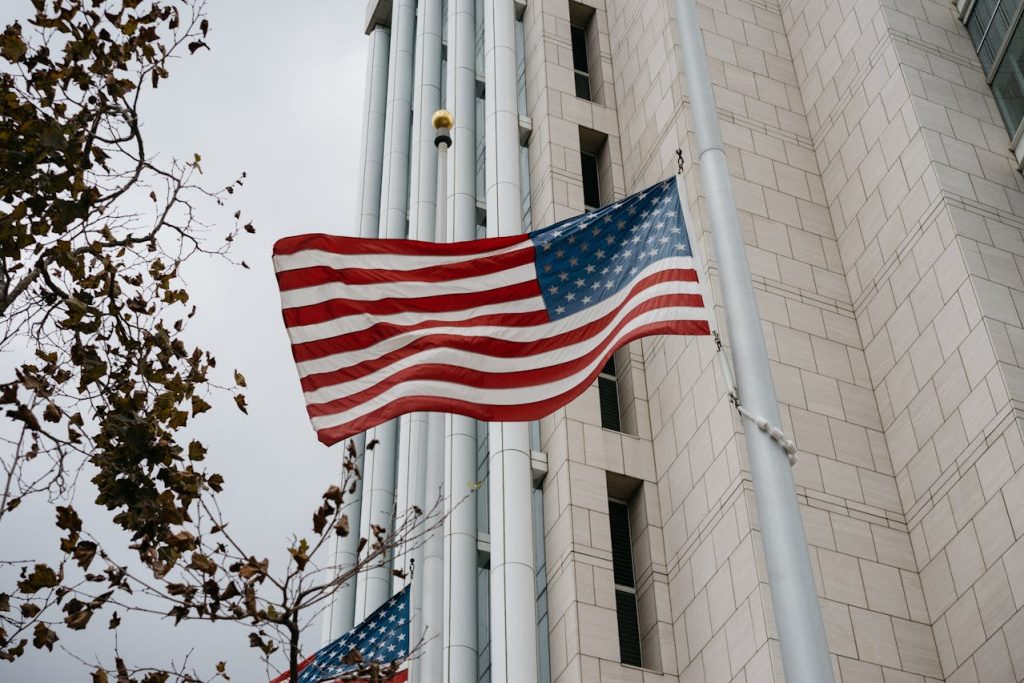Your cart is currently empty!
Everywhere Cannabis Could Be Legalised in US as Trump Considers Major Law Change

For decades, cannabis has occupied an unusual place in American law and culture. It sits beside heroin on the federal government’s list of the most dangerous substances, even as dispensaries line streets from Los Angeles to New York. Now, with Donald Trump signaling he may consider shifting cannabis to a less restrictive category, the divide between Washington’s statutes and the states’ realities is once again under the spotlight.

The stakes are significant. Such a move would not amount to nationwide legalization, but it could ease barriers for medical research, reshape how businesses operate, and influence ongoing debates about criminal justice. More than anything, it signals how far the conversation has moved from prohibition to practicality—an evolution shaped by shifting public opinion, political calculations, and billions in potential revenue.
What remains uncertain is whether this moment represents a turning point or just another detour in America’s long and complicated relationship with cannabis.
Trump’s Potential Cannabis Rescheduling: What We Know Now
After weeks of speculation, there is now on-record confirmation that the White House is weighing a formal change to how federal law treats cannabis. At an August 11 briefing, President Trump told reporters his administration is “looking at reclassifying marijuana as a less dangerous drug” and that a decision could come “within the next couple of weeks,” while emphasizing that no final call has been made. That timeline and framing were echoed across same-day coverage, including the Wall Street Journal’s report that he is considering moving marijuana to Schedule III, a category with fewer restrictions than its current Schedule I status.

Understanding what that means requires a quick look at the rulebook. Under the Controlled Substances Act, Schedule I is reserved for drugs deemed to have no currently accepted medical use and a high potential for abuse; Schedule III recognizes accepted medical use and lower abuse potential. The pathway to change is administrative, not legislative. In May 2024, the Drug Enforcement Administration published a Notice of Proposed Rulemaking to shift marijuana from Schedule I to Schedule III, a process that triggers public comment, potential hearings, and a final decision from the agency. The docket also includes an HHS scientific review recommending Schedule III and a Justice Department Office of Legal Counsel opinion clarifying how “currently accepted medical use” can be established for scheduling purposes. These materials remain the legal scaffolding for any action the current administration might take.
Rescheduling would stop short of nationwide legalization, but it would carry tangible effects. News wires and federal agencies note that moving cannabis to Schedule III would make clinical research easier and could lift the IRS’s Section 280E limitation that currently prevents cannabis businesses from taking ordinary deductions because marijuana is a Schedule I or II substance. The IRS has already reminded taxpayers that 280E stays in force unless and until a final rescheduling rule is published, underscoring that any relief hinges on the outcome of the DEA process. Banking access would still be governed by existing federal guidance and anti-money-laundering rules until Congress acts or regulators update policy. In short, Schedule III would narrow the gap between federal law and state markets, but it would not erase it.
Politically, the winds are mixed. Market analysts told Reuters that a revived DEA push toward Schedule III is more plausible in the near term than full federal legalization, while reporting also points to resistance among conservative allies who view any softening of cannabis rules skeptically. That leaves the administration threading a needle between public support for reform, industry expectations, and the legal limits of what rescheduling alone can accomplish without Congress.
Where Each U.S. State Stands on Cannabis Right Now
Across the map, adult-use legalization has settled into a clear bloc. Twenty-four states now allow recreational cannabis for adults 21 and over, joined by the District of Columbia: Alaska, Arizona, California, Colorado, Connecticut, Delaware, Illinois, Maine, Maryland, Massachusetts, Michigan, Minnesota, Missouri, Montana, Nevada, New Jersey, New Mexico, New York, Ohio, Oregon, Rhode Island, Vermont, Virginia, and Washington. This count aligns with the latest tallies from nonpartisan legislative trackers and major outlets that list each state by name.
A few of these jurisdictions have important caveats that shape the user experience. Virginia permits adult possession and home grow but still lacks statewide retail sales after vetoes of enabling legislation, while Washington, D.C. allows possession and home cultivation yet remains constrained on regulated sales by Congress. Delaware, meanwhile, crossed a key threshold on August 1, 2025, when adult-use sales began through its Office of the Marijuana Commissioner. These nuances keep the patchwork dynamic in place even within “legal” states.
Beyond adult use, sixteen more states operate medical-only programs, reflecting the broader national mainstreaming of cannabis as a therapeutic option. Those states are Alabama, Arkansas, Florida, Hawaiʻi, Kentucky, Louisiana, Mississippi, Nebraska, New Hampshire, North Dakota, Oklahoma, Pennsylvania, South Dakota, Texas, Utah, and West Virginia. Nebraska’s inclusion is new: voters approved twin medical measures in November 2024, and the state has been building out its regulatory framework since certification. Together with the adult-use states, that brings comprehensive medical access to 40 states plus D.C.
Eight additional states allow only limited, low-THC or CBD-only products for narrowly defined medical circumstances: Georgia, Indiana, Iowa, North Carolina, South Carolina, Tennessee, Wisconsin, and Wyoming. Kansas is a special case the state recognizes a legal defense for possession of certain CBD products but does not regulate in-state production or sales, which means patients still lack a functioning medical program. These “low-THC” regimes are explicitly treated as distinct from comprehensive medical systems by state legislative researchers.
That leaves one true outlier. Idaho stands alone with neither adult-use nor a public medical cannabis program, underscoring how uneven policy remains from one border to the next. Even so, the direction of travel is clear in the aggregate data cited above 24 adult-use states, 40 with full medical, and a shrinking set of holdouts navigating either limited CBD allowances or no program at all.
What Could Move Policy Next: Drivers and Obstacles
Public sentiment has shifted decisively. Fresh national polling shows that roughly nine in ten Americans favor making marijuana legal in some form, with a clear majority supporting both medical and adult use. That level of support has been stable across party lines and age brackets, which helps explain why state reforms have continued even as federal law lags.

The legal machinery for a federal shift already exists. The Drug Enforcement Administration opened a formal rulemaking in May 2024 to consider moving marijuana from Schedule I to Schedule III, relying on an August 2023 scientific review from the Department of Health and Human Services and a Justice Department legal opinion that clarifies how “currently accepted medical use” can be established. That process continued with a hearing notice published in the Federal Register later that summer, which means any decision now can follow a record that is already built rather than starting from scratch.
Money remains a powerful accelerant, and federal tax treatment is a pivotal lever. While marijuana is in Schedule I, Internal Revenue Code Section 280E blocks state-legal operators from taking ordinary business deductions, a constraint the IRS has underscored will remain in place until a final rescheduling rule is published. If marijuana moves to Schedule III, 280E would no longer apply to those businesses, which could immediately improve cash flow and formalize more of the market. Banking reform would still require congressional or regulatory action, although a bipartisan coalition of state attorneys general continues to press Congress to pass the SAFER Banking Act to normalize financial services for licensed operators.
Even with momentum, the path is not uncluttered. Courts are increasingly scrutinizing state licensing rules that favor in-state residents or in-state convictions, with the Second Circuit’s August 2025 decision in the Variscite case signaling that Dormant Commerce Clause limits apply to cannabis markets despite federal prohibition. That ruling follows earlier challenges to residency preferences and will likely force states to rethink social-equity criteria so they do not give unconstitutional advantages to locals, a redesign that could slow rollouts in the near term.
Health and safety debates will also shape the ceiling on reform. Rescheduling would ease research barriers and could expand clinical study of cannabis-based therapies, but it would not by itself create a national retail market or harmonize state rules on potency, packaging, and youth access. Those choices remain largely with states and localities, and Congress retains the power to set guardrails on interstate commerce if it chooses to move beyond rescheduling. In other words, there is a credible route to incremental change right now, but the broader settlement between federal law and state markets will depend on how regulators, lawmakers, and courts move in concert over the next year.
A Map Still Being Redrawn
Cannabis policy in the United States is no longer a single storyline. It is a set of intersecting plots that run through the White House, the DEA docket, state capitols, courtrooms, studios, and social feeds. A federal move to reclassify would not flip the switch to nationwide legalization, yet it would signal that the center of gravity has shifted toward recognition of medical use, scientific inquiry, and a more coherent business environment.
For the industry, that means two realities at once. The rules that matter most to day to day decisions will remain local, and change will continue to arrive in uneven waves. At the same time, the distance between federal policy and state markets could begin to shrink, which alters incentives for researchers, operators, and storytellers who want to treat this subject with care and accuracy.

Audiences will keep looking for coverage that neither glorifies nor stigmatizes, that treats cannabis as a real policy and culture issue rather than a novelty. Creators and brands that meet that expectation with verified facts, clear disclosures, and respect for platform and state rules will be the ones who earn trust when the landscape shifts again.
What happens next will be written in comment periods and committee hearings, but also in the choices that studios, talent, and journalists make about how to frame the topic. If there is a takeaway, it is this: progress is likely to be incremental, yet meaningful. Stay precise, stay sourced, and stay ready to update the script as the map gets redrawn.
